Fire-safety is a key feature of Finland-based technology company Wärtsilä Energy’s newest battery energy storage system (BESS) called Quantum3, alongside cybersecurity, energy density and sustainability design upgrades.
Wärtsilä Energy’s AC block BESS is an evolution to a previous model, the Quantum2, which saw almost 10,000 hours of fire-safety testing, analysis and reporting, including analysis of firefighting water and plume gas.
The company says the Quantum3 addresses evolving needs of grid-scale energy storage customers and the markets where Wärtsilä systems are deployed, which includes Australia.
Wärtsilä Energy Storage and Optimisation Vice President Andrew Tang said the features help to further strengthen confidence among customers, local communities, and first responders that “Wärtsilä’s systems will stand the test of time”.
Quantum3 is a complete AC block solution, with fully integrated and internalised batteries and string-based power conversion systems (PCS). String inverters enable decentralised control to enhance the availability, efficiency, and reliability of the system across its lifespan.
The BESS also contains Wärtsilä’s proprietary battery management system (BMS), designed and engineered in the United States.
Wärtsilä’s BMS offers efficient cell balancing, adaptable system management, and enhanced cybersecurity, informed by Wärtsilä’s deep understanding of battery performance and on-site system operations.
Housed in a 20-foot ISO container with single-side access, the Quantum3 BESS is strategically sized for global shipping, allows for on-site deployment and back-to-back configuration.
It’s sustainable design, includes low noise levels and a low global warming potential (GWP) cooling system.
Additionally, Quantum3 is powered by the company’s machine learning GEMS digital energy platform (EMS) in combination with string inverters provides visibility and control from the battery to the fleet level.
Quantum3 can intelligently leverage energy supply during times of high energy cost to significantly reduce operating costs and meet ancillary service demands as well as streamline controls from BMS to EMS, ensuring high data fidelity and increased data access to enhance performance and reduce downtime.
Wärtsilä Energy will add 240 MW / 1,030 MWh during stage two of Origin Energy’s Eraring Power Station battery facility, to bring the facility’s total capacity to 700 MW / 2103 MWh, and was also selected for stage one of the project.
This content is protected by copyright and may not be reused. If you want to cooperate with us and would like to reuse some of our content, please contact: editors@pv-magazine.com.
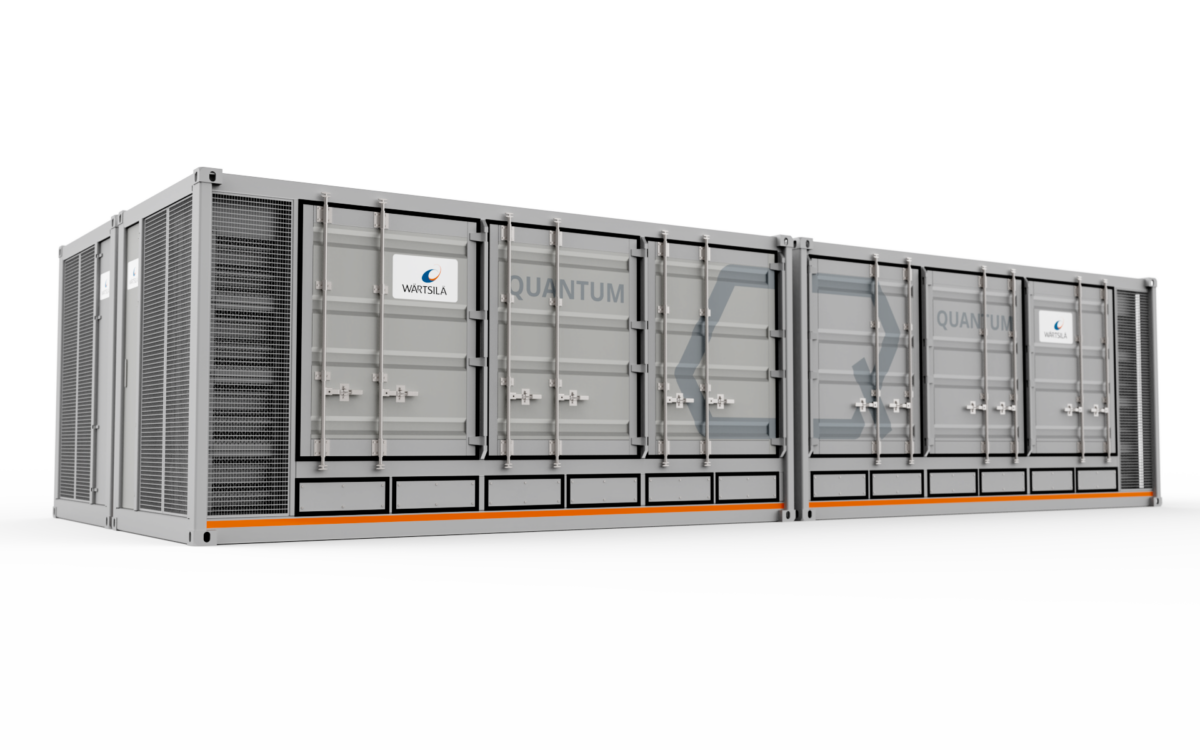
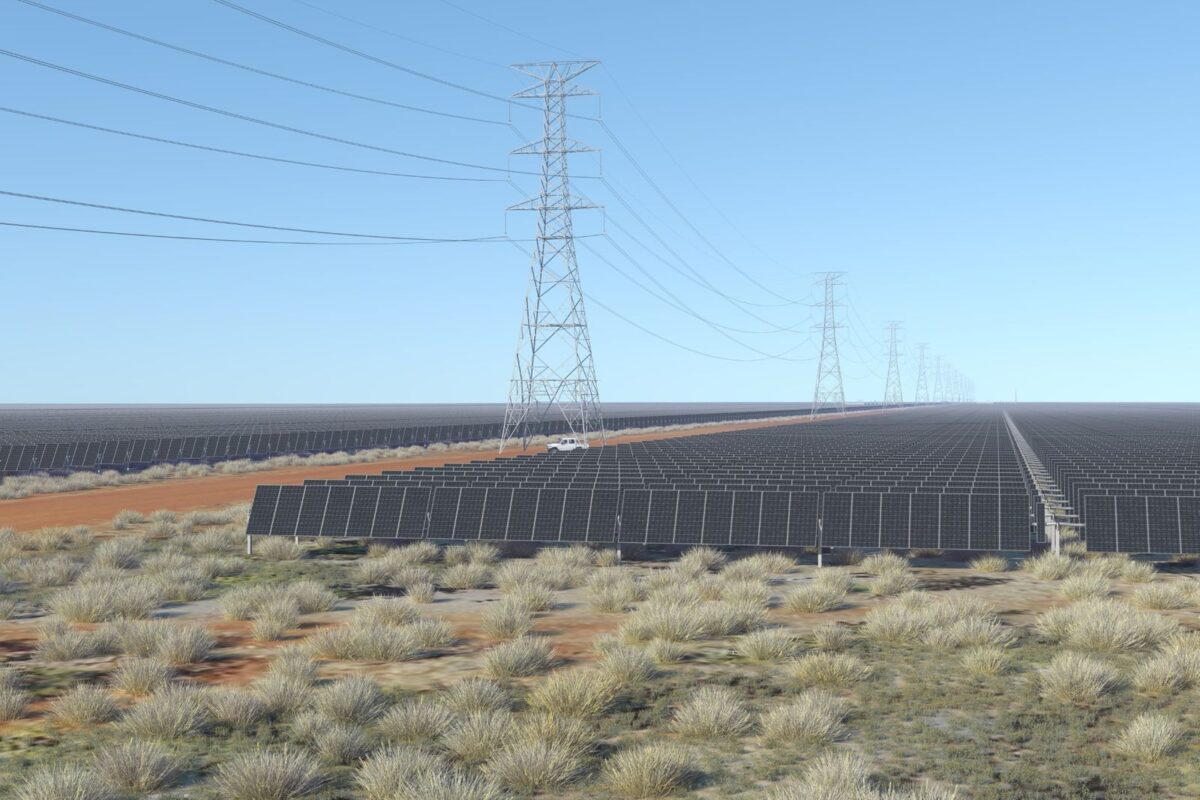

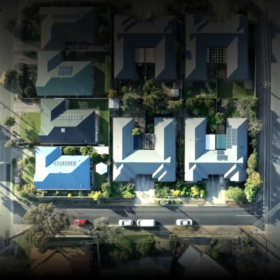
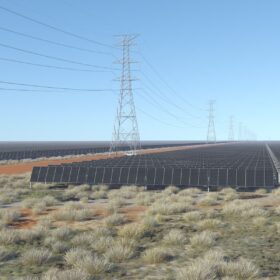
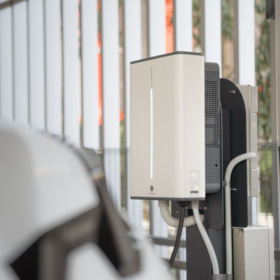
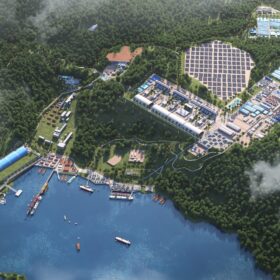
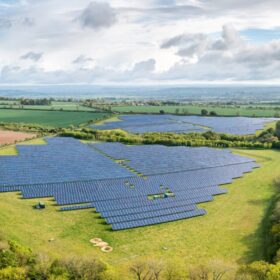
1 comment
By submitting this form you agree to pv magazine using your data for the purposes of publishing your comment.
Your personal data will only be disclosed or otherwise transmitted to third parties for the purposes of spam filtering or if this is necessary for technical maintenance of the website. Any other transfer to third parties will not take place unless this is justified on the basis of applicable data protection regulations or if pv magazine is legally obliged to do so.
You may revoke this consent at any time with effect for the future, in which case your personal data will be deleted immediately. Otherwise, your data will be deleted if pv magazine has processed your request or the purpose of data storage is fulfilled.
Further information on data privacy can be found in our Data Protection Policy.